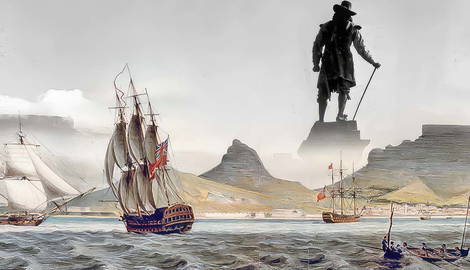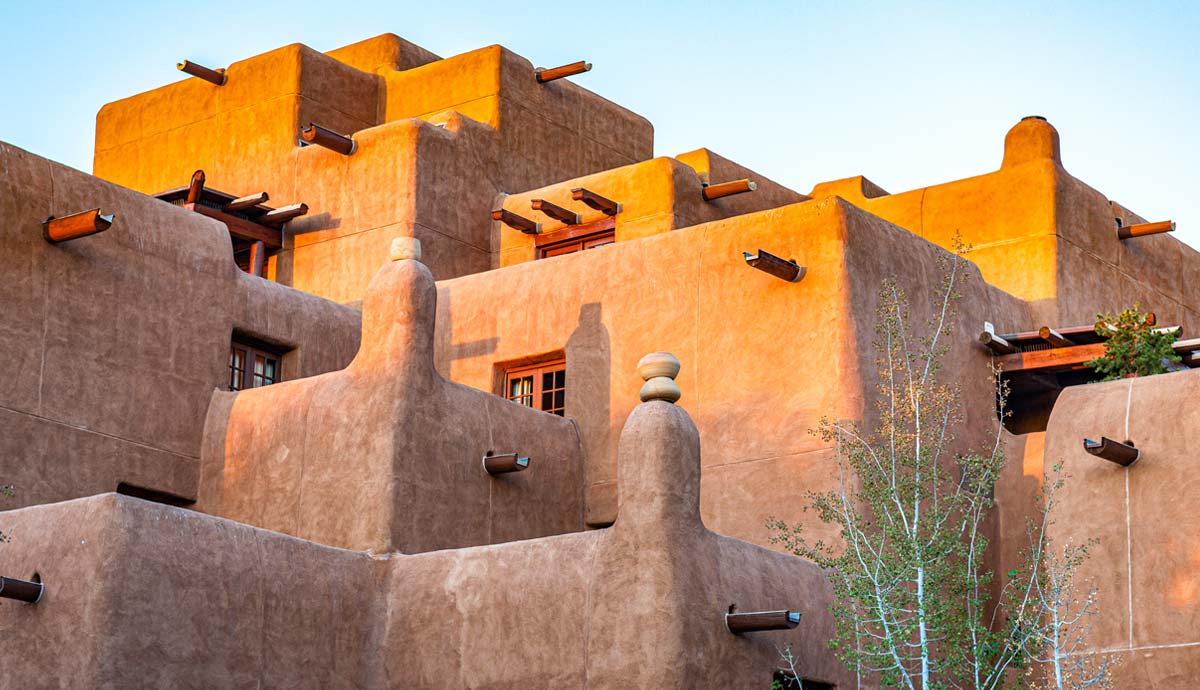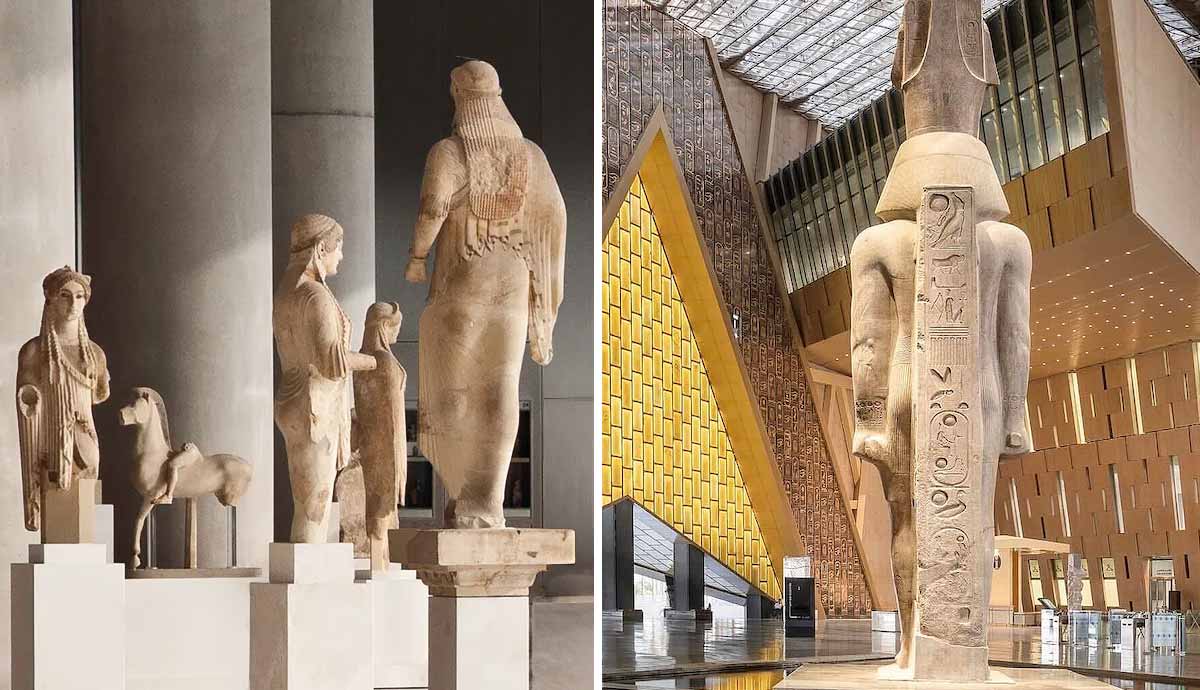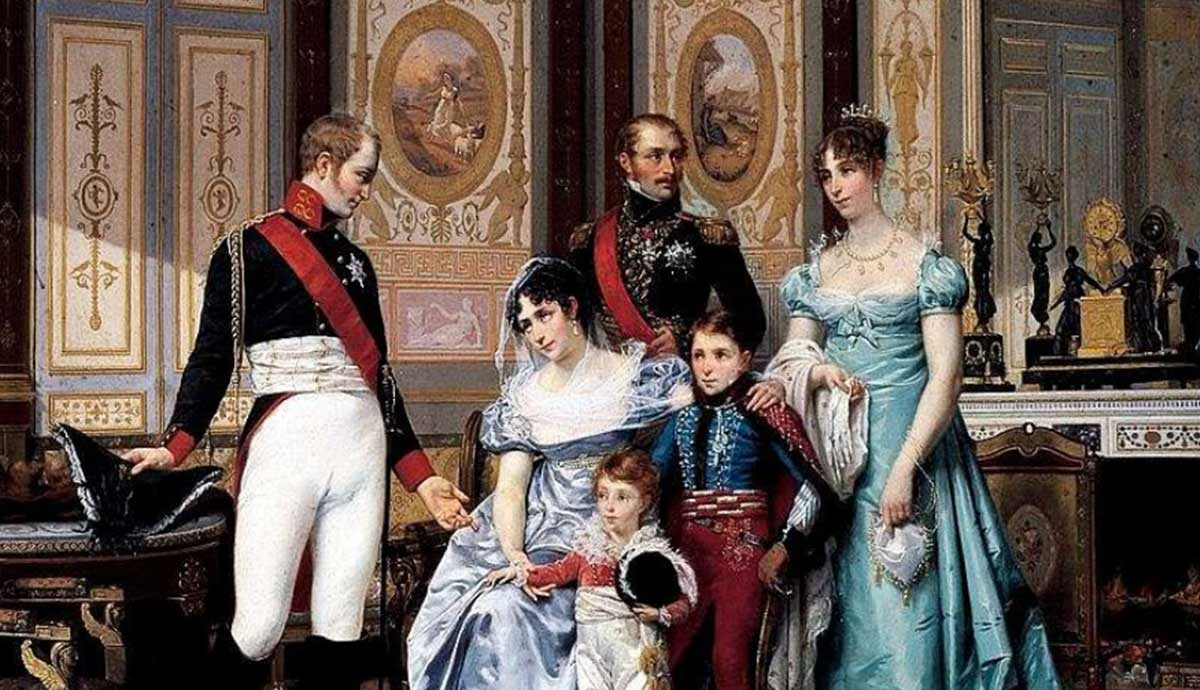
The city of Cape Town lies at the southern tip of the African continent. For many centuries, it held a vital strategic position as a halfway point between Europe and the East. The “Tavern of the Seas” served as a refreshment station for those embarking on the long journey to and from the East Indies.
For many, the city represented adventure and opportunity, but for others, it represented servitude and misery in a foreign land.
Cape Town’s history spans four centuries, and its existence as a colonial enterprise would echo far beyond its borders on the northern end of the Cape of Good Hope.
Background to the Colonization of the Cape & Cape Town

Forming the distinctive and imposing backdrop to Table Bay on the northern end of the Cape Peninsula is the iconic Table Mountain, which forms a visual anchor to any mention of Cape Town. The first Europeans to climb this mountain were the Portuguese sailors under the command of Antonio de Saldanha. The year was 1503, and it was the symbolic start of the European desire to conquer their surroundings, explore and discover, and exploit the land and its native population.
The first person to round the Cape of Good Hope was Bartolomeu Dias in 1488. The first contact with the local Khoikhoi (also known as Khoe or Khoekhoe) people occurred on November 26, 1497. Vasco da Gama traded with the local Khoikhoi and acquired cattle in the process. Not all encounters between the Portuguese and the Khoikhoi would be as friendly though. In 1503, De Saldanha and his men attempted to trade with the locals. The Portuguese offered mirrors, glass beads, and a rattle in return for two sheep and a cow. As the Portuguese were walking away with their new livestock, the Khoikhoi realized they had gotten a raw deal. They ambushed De Saldanha and his men and took their animals back.

In 1510, a more deadly incident occurred when Francis de Almeida, the first viceroy of Portuguese Indies, and his men went in search of water and supplies. The Portuguese tried to kidnap two Khoikhoi children and steal cattle but were driven back to their ships. De Almeida sent a punitive expedition of 150 men to punish the locals. They set fire to their huts, but the Khoikhoi surrounded them. What ensued left 67 Portuguese, including De Almeida, dead.
Nevertheless, European ships continued to anchor in Table Bay, and barter with the Khoikhoi for several decades.
Cape Town is Founded

In 1547, the Dutch ship Haarlem foundered off the coast. While waiting for the next ship to pull into Table Bay and rescue them, the shipwrecked sailors explored and met with the locals. Upon returning to Holland, they reported that the land was fertile and conducive to growing important crops. They also noted that the natives were friendly if treated well and were not cannibals, as many believed.
In 1551, the Verenigde Oostindische Compagnie (VOC/Dutch East India Company) decided to establish a permanent settlement at the Cape of Good Hope. The VOC put the responsibility for this endeavor into the hands of Jan van Riebeeck.
On April 6, 1652, Jan van Riebeeck arrived at the Cape at the head of a fleet of five ships. The Dromedaris and the Goede Hoop were present at the landing, while the Reijger arrived the next day. The Walvis and the Oliphant arrived much later. Van Riebeeck and his men immediately set about looking for a suitable place to build a fort.
The colony grew quickly and attracted a number of sailors in the employ of the VOC, who were granted the right to settle and build their own farms. Six years after the colony was founded, the first enslaved people arrived, which was the beginning of a long trend of importing labor from various places in the East Indies, but especially from Malaysia.

In 1666, work began on the Castle of Good Hope, a star fortress with five bastions. It was commissioned to replace the older fort built by Van Riebeeck. In 1679, the structure was completed and is the oldest building in South Africa today.
That same year, Simon van der Stel arrived in the Cape to take over the governorship. Of mixed race himself (his mother was half Malay or Indian and the daughter of a formerly enslaved person), his heritage was largely left out of apartheid era textbooks hundreds of years later. His love for botany would be sated in the lush floral diversity of the Cape and surrounding areas. It would also lead him to start Cape Town’s wine industry, which has grown to become one of the biggest wine industries in the world today.
In 1688, the industry was well-served by a large number of French Huguenots fleeing Protestant persecution in Europe. Their population would add to the unique culture developing in Cape Town.

By the 1690s, De Kaapsche Vlek (the Cape Hamlet), as it was known, had a burgeoning population. There were approximately 1,000 Europeans, mostly Dutch. However, many other nationalities existed, including French, German, Swedish, Danish, and Belgian. There were also about a hundred Africans and Asians and around 400 enslaved people. There was much interbreeding between the Europeans and the local Khoikhoi people, which produced a population of mixed-race people whose descendants today are known as Coloureds (Note that this is not a derogatory term in South Africa and it differentiates mixed-race people from Black people).
Cape Town in The 1700s

The 18th century was plagued (literally) by several smallpox epidemics. In 1713, infected laundry was brought ashore at the Cape Town docks, and the virus spread throughout the colony, affecting all groups of people. Whole clans of Khoikhoi were wiped out. A second and third outbreak in 1755 and 1767, respectively, spread further inland and had a devastating effect all the way to the Kalahari, wreaking havoc among the Khoisan population, who had little immunity. Smallpox would also continue to be a problem in the first half of the 19th century. As trade and influence from Cape Town spread, so too did the reach of the deadly pathogen.
Slavery would also continue throughout the century; Cape Town became an important market for the importation of enslaved people. As a growing colony, there was much need for the labor they could supply. A large portion of Cape Town’s population today is descended from these many thousands of enslaved people. Slaves were given last names of the month they arrived in, and as a result, many people in Cape Town have a last name that is representative of their heritage in this regard. Most enslaved people arrived in September.

The latter half of the 18th century was also marked by a change in colonial ownership. In 1780, France and Britain were at war, and the Netherlands joined the war on the side of the French. A French garrison was sent to Cape Town to protect it from British interests, but they left after just four years. Political maneuvering in Europe then led to the Netherlands being invaded by France in 1795. The VOC was in financial ruin, and the Prince of Orange fled to Britain.
The Netherlands now existed as the Batavian Republic. It was allied with France and an enemy of Britain. The Cape colony thus became a target for British conquest. The Battle of Muizenberg followed, and the British took control of the colony. The British returned the colony to the Dutch in 1802, but three years later, the two nations were at war again. The British defeated the Dutch at the Battle of Blaauwberg in 1806 and retook the colony. This signaled a new era in Cape Town’s history that would prove to be dynamically different.
The British Era of Cape Town

British control and technological developments had a great effect on Cape Town. Streets were built and upgraded, along with pipes and other modern amenities. The first few decades of the 19th century would also see Britain campaigning mercilessly against the slave trade.
These developments changed the nature of Cape Town. As early as 1809, vagrancy and pass laws were repealed, making the Khoikhoi technically equal to Europeans in the eyes of the law. In 1833, Britain passed the Abolition of Slavery Act, and the following year, all the enslaved people in the Cape Colony were emancipated.
The end of slavery was one of the reasons that led to anger within the Dutch farming community. Upset with British rule, they left the Cape Colony in several waves. This migration was known as the Great Trek, and it led to the presence of European settlers in the interior of the country.
In the years that followed, Cape Town sought agency in its own affairs. While not seeking full independence from Britain, Capetonians nevertheless wanted the freedom to choose their own future determined by the unique context in which the colony existed. In 1840, the Cape Municipality was formed. In 1854, the Cape Colony formed its own parliament with representatives elected according to the Cape Qualified Franchise, a system that did not recognize the importance of racial differences. No matter their race, all male citizens of the Cape Colony were allowed to vote. In 1872, the Cape Colony was granted the right to elect its own prime minister.

By this time, the Cape Colony had expanded its borders far to the north, stretching beyond the Orange River. In 1866, diamonds were discovered in the north, which later prompted the creation of the De Beers diamond company. It was founded by British magnate Cecil John Rhodes, who bought up all the smaller operations and formed De Beers as a monopoly.
A ruthless businessman, Cecil John Rhodes also became the prime minister of the Cape Colony, a post that he held until 1896. He dismantled the multiracial system in the Cape and began a period of rapid expansion towards the hinterland, eventually coming to blows with the Boer Republics that had been created by the Voortrekkers, the Dutch who had left the Cape Colony on the Great Trek. The Second Anglo-Boer War ensued, with Cape Town being a vital unloading point for British troops. The war ended with Britain victorious in 1902.
In 1910, the Union of South Africa was born when the former British colonies and the Boer republics were fused into one nation. Effectively an independent country, it gained legal sovereignty in 1926 with the Balfour Declaration.
As part of South Africa, Cape Town would become a high-intensity focus during the apartheid years, with many atrocities being committed and much resistance being organized.

Cape Town would endure many hardships after the colonial period too. For some, the colonial period ended when the British relinquished authority. For many others, the colonial period ended with the release of Nelson Mandela and the dismantling of apartheid. Despite an end to the political component, the legacies of apartheid and colonialism are still a large feature in Cape Town.
South Africa’s powerful decolonization movement leads the fight to eradicate the last negative vestiges of colonialism in the country, a lot of which exists in Cape Town.

The inequality engineered by apartheid means massive polarization will still take many decades to dissipate. Some parts of the city are poverty-stricken and plagued by gang violence, while other parts of the city are full of multi-million dollar mansions, enchanting beaches, and opulence. Nevertheless, like the colonists who arrived before them, tourists are struck by the beautiful and unique landscape that marks Cape Town as a much-loved city in the hearts of locals and visitors alike.










